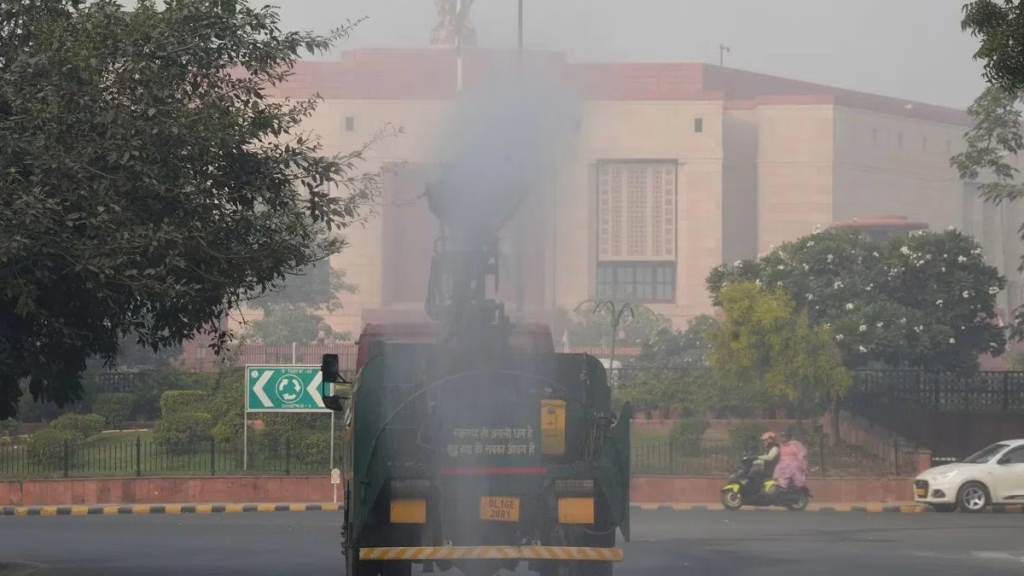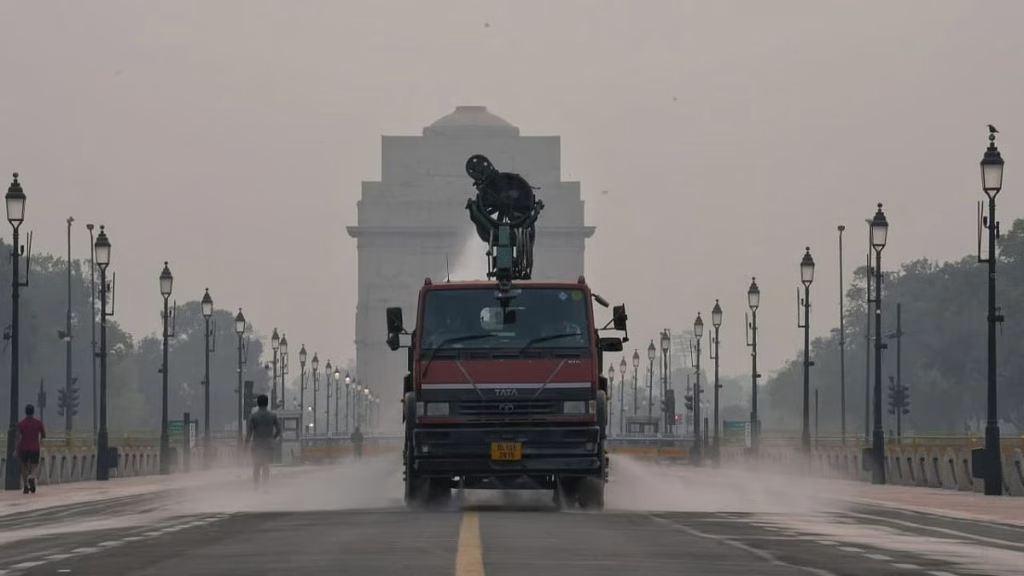India’s air quality crisis has reached alarming proportions, with Delhi emerging as the most polluted region in the country. A recent satellite-based analysis reveals that 60% of India’s districts are breathing dangerously polluted air, far exceeding national safety standards.
Table of Contents
Delhi Air: Key Findings at a Glance
| Metric | Delhi | National Standard | WHO Guideline |
|---|---|---|---|
| PM2.5 Level | 101 µg/m³ | 40 µg/m³ | 5 µg/m³ |
| Times Above Indian Standard | 2.5x | – | – |
| Times Above WHO Guideline | 20x | – | – |
India’s Most Polluted States
According to the Centre for Research on Energy and Clean Air (CREA), Delhi’s annual PM2.5 concentration hit a staggering 101 micrograms per cubic meter between March 2024 and February 2025. But the national capital isn’t alone in this health emergency.

Top 5 Most Polluted Regions:
- Delhi: 101 µg/m³
- Chandigarh: 70 µg/m³
- Haryana: 63 µg/m³
- Tripura: 62 µg/m³
- Assam: 60 µg/m³
Nine other states including Bihar, West Bengal, Punjab, Meghalaya, and Nagaland also exceeded the national safety threshold of 40 micrograms per cubic meter.
Understanding PM2.5: The Silent Killer
PM2.5 particles are microscopic pollutants—30 times thinner than a human hair—that penetrate deep into your lungs and bloodstream. These invisible threats are linked to heart disease, strokes, respiratory illnesses, and premature death, making them the most dangerous category of air pollutants.
Nationwide Crisis: 447 Districts at Risk
The CREA analysis examined 749 districts across India and found that 447 (60%) breached the National Ambient Air Quality Standard. The pollution isn’t limited to northern India—it’s a nationwide emergency affecting millions of lives daily.
Delhi and Assam dominate the list with 11 districts each in the top 50 most polluted areas, followed by Bihar and Haryana with seven districts each. Learn more about environmental challenges affecting communities nationwide.
What This Means for Your Health
Living in areas with high PM2.5 levels increases your risk of:
- Cardiovascular diseases and heart attacks
- Chronic respiratory conditions and reduced lung function
- Developmental issues in children
- Shortened life expectancy

How to Monitor Air Quality in Real-Time
Stay informed about air quality in your area by:
- Download Air Quality Apps: Use apps like AirVisual or SAFAR India for real-time AQI updates
- Check Government Portals: Visit the Central Pollution Control Board website for official monitoring data
- Enable Weather Alerts: Set up notifications on your smartphone for air quality warnings
- Install Home Monitors: Consider personal air quality monitors for indoor tracking
Experts emphasize the urgent need for comprehensive air quality management backed by strong political will at state and national levels. This isn’t just a Delhi problem—it’s a nationwide crisis demanding immediate action.
FAQs
Q1: What is a safe PM2.5 level according to WHO standards?
The World Health Organization recommends an annual average of 5 micrograms per cubic meter. India’s national standard of 40 µg/m³ is eight times higher, and most Indian cities far exceed even this relaxed limit.
Q2: How can I protect myself from air pollution?
Limit outdoor activities during high pollution days, wear N95 masks outdoors, use air purifiers indoors, keep windows closed during peak pollution hours, and monitor daily air quality indexes before planning outdoor activities.







